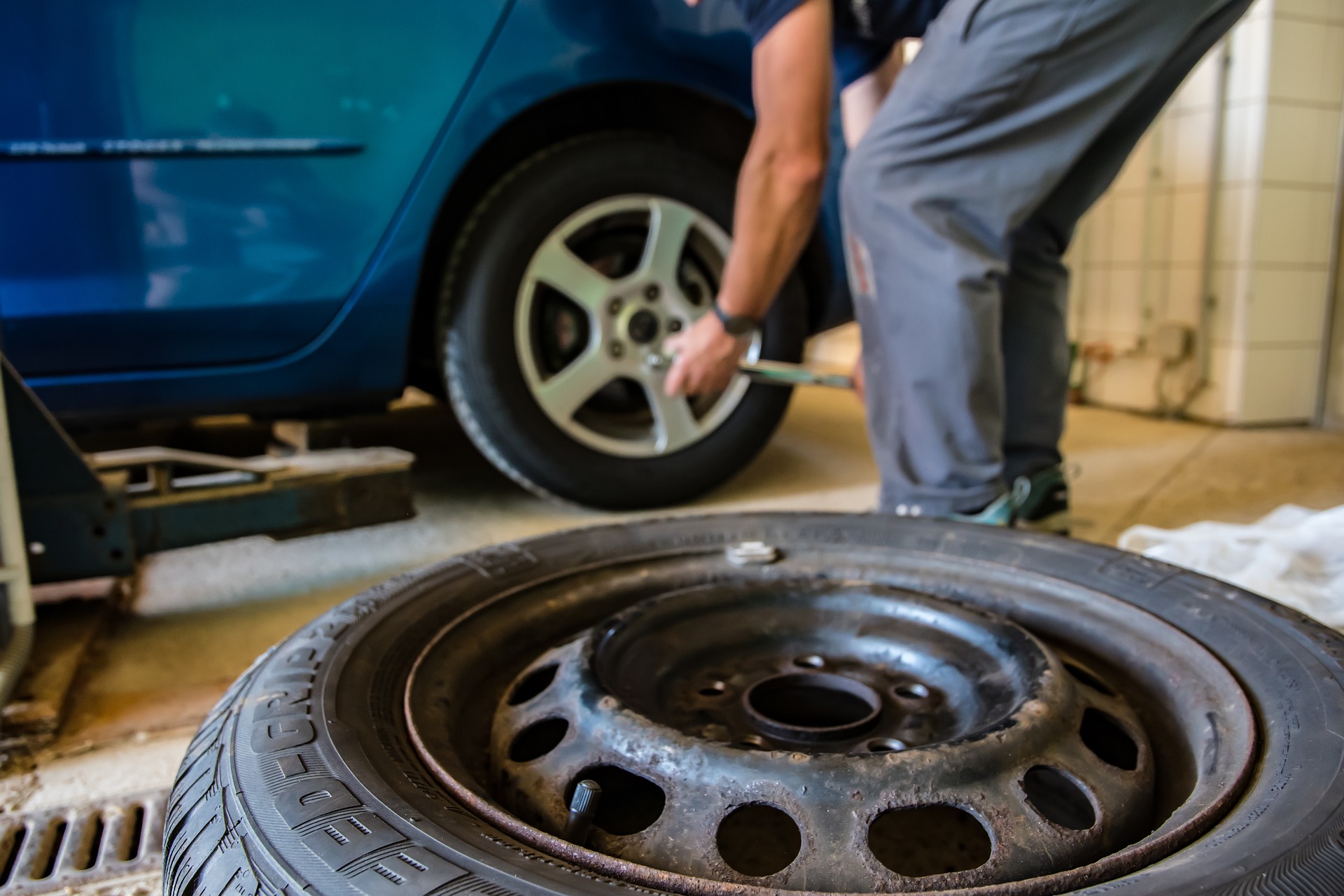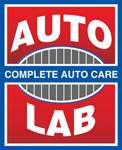
Are you Avoiding Purchasing New Tires?
If you own a vehicle, chances are one day you're going to be faced with buying new tires. This is a fairly expensive maintenance item that almost no one likes to think about.In addition, buying tires can be really confusing. With so many brands and styles in a wide range of prices, it can be hard to know which one is best for you.But let's be candid: If you’re avoiding buying tires because ** insert your reason here **, you are skating on thin ice, literally. Driving on worn out tires is extremely unsafe. Not only do worn out tires have less traction, they tend to be underinflated. This makes them much more susceptible to a blow-out. As a result, you could lose control of the car.Tires with thin tread also affect the car’s braking and steering ability. Not to mention a waste of gasoline. We don’t want to be accused of scare tactics - these are just simple facts. If you don’t believe us, check out this report from the National Highway Traffic Safety Administration (section 6).
Tire Buying Basics: A Guide to Everything You Need to Know
If you’ve been putting off purchasing a new set of tires, this guide should help you quickly determine which tires would be best for your vehicle and your driving habits.
1. Are You Certain You Need New Tires?
If you are reading this, you are probably already aware that your vehicle needs new tires. If you aren’t sure, you can find out fairly quickly. . .
- Are your tires more than 5 years old? Even if the tread looks good, the truth is that the rubber in tires deteriorates with age. Check the sidewalls for signs of cracking or bubbles. Do the sidewalls look “dried out”? If you still aren’t sure, find someone with fairly new tires and compare their sidewalls to yours. Cracking or peeling are signs that your tired are worn out. Even if the tread is still good, it’s time to replace them.
- Do the quarter test. Take a quarter and place Washington's head upside down in the tread. If you can see all of Washington's head, you need new tires. Check out this video to see how to do this tire test.
2. Find Out the Relevant Info
To avoid being at the mercy of some tire salesperson, getting a bit of information about your vehicle and the tire size will help you tremendously. This really only takes a few minutes. Make sure to take notes.
- Tire Size - Assuming you haven’t altered your vehicle by changing the rims or the tire size already, look on the side of the tire for information that will look something like this: “P195/70R14.” Write that down. The P means passenger tire, which is what you want, unless you own a large truck. The 195 number is the width of the tire (measured in millimeters). The 70 number is the height (ratio of height to width) of the tire. The R stands for radial (the type you want to buy) . The 14 is the size of your rim in inches.
Why does this matter?
Just like the size of your pants, you don’t want tires that aren’t the right size. And some tires salespeople may try to get you to purchase the wrong size if they don’t have your size in stock. So it pays to know this.
- Load Rating - This is also important because you don’t want to buy tires that can’t handle the weight of your vehicle. Sometimes you will find this number next to the tire size. Other times it’s next to the name of the tire. Look for a number that says something like 82H or 86S. The number represents how much weight the tire can handle when fully inflated. The letter represents the speed the tire can handle and still function well. A rating of H would be a maximum of 130 MPH. If you have a Porsche, you will want that H or higher. An S rating can handle 112 MPH. While you might not ever consider going 112 MPH, you will find many tires for sedans and SUVs with S or T ratings.
Now that you have this information, you should use the same size and tire rating that your vehicle has now (assuming you haven’t altered the tires/wheels). If you have the owner’s manual, you can also check there for the proper size and speed rating for your vehicle. One last place you can check is a sticker or little metal plate on the driver’s door or the pillar. This usually gives you the original tire size and max tire pressure.
3. Choosing a Tire for Your Driving Habits
Do you use your Prius for taking the kids to school and go grocery shopping? Do you use your SUV as a rolling office and spend most of the day on the road? Consider your driving habits and let’s look at the following:
- Do you want/need a passenger tire? If you are the Prius driver, yes. A passenger tire offers a quiet ride and good, overall traction. You will look for tires with the letter P on them.
- If you drive a heavier vehicle (large SUV, 4X4 or light truck), you will want a tire with the letter’s LT on them. This means light truck tire. These have a stiffer sidewall for rough roads and have a knobbier tread design. These are a bit noisier and offer a rougher ride, but they will hold up far longer than a passenger tire.
- If you drive quite a bit in the winter months, consider buying winter tires as well. These tires will have what looks like a snowflake inside a mountain and the letter M&S on them.
4. Tire Brands and Budget
This is where things get a bit complicated. When it comes to tires, they are very much like shoes in that you get what you pay for. Consider buying the best quality tires that you can afford. They will last much longer, ride better and quieter (usually), and save you a ton of money in gasoline alone over their lifetime.If you’ve been happy with the tires that are on your vehicle now, then you can look for that brand. If you weren’t too thrilled with your current set of tires, consider other brands. You can also ask the team here at Auto Lab. We install thousands of tires a year and know which brands perform well and which ones don't. We can give you some real-world advice.A quick note about the tires your vehicle came with. It isn’t always best to replace the tires on your vehicle with the exact same brand that came with their car when it was new, unless you love them. Car manufacturers don’t pick a certain tire because it was “the best.” They picked that tire for a variety of reasons, but it usually involves cost.Common brands that are well-known for quality tires include:
- Michelin
- Bridgestone
- Cooper
- Continental
- Nokian
- Pirelli
5. Shop Around and Miscellaneous Expenses
Now that you know your tire size and what you are looking for, you can do some research on pricing. Many consumers look at membership stores, such as Costco. They can have good prices, but at Auto Lab, we can sell you tires that will save you money in the long run.Be aware that the base price advertised probably doesn’t include everything. Yes, you will have to pay to have the tires balanced (all four) and the valve stems replaced. These items cost extra. However you absolutely need them. In most cases, you'll need a wheel alignment, too. It doesn't make sense to invest hundreds of dollars in new tires and then risk premature wear because the vehicle is out of alignment.If you're obtaining estimates, make sure each one includes the entire price, including taxes, valve stem replacement, and wheel balancing. We like to call it the “out the door” price or the “bottom line.”Once you find the right tires for your vehicle, check out theses tips to make your tires last longer.Still have questions? Not sure if a particular tire brand is right for you? Don’t know the possible life expectancy of your current tires? Whatever question you may have, the pros at Auto Lab are here to help. Drop by or give us a call and we promise to steer you in the right direction.



